Upsilon Efficiency versus eta-phi for electron daughter
Upsilon 1S+2S+3S used, weighted with:
(TMath::Gaus(upsRap)*upsPt/(exp(upsPt/2.2)+1)
I did not use just |UpsRap|<=0.5 to increase statistics
55942 upsilon thrown
6143 upsilon triggered
5461 upsilon triggered with electron reconstructed
4756 upsilon triggered with electron reconstructed and electron track accepted
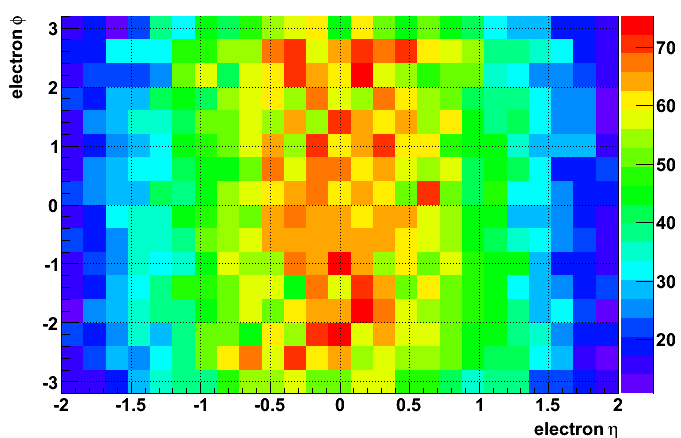
Figure 1: MC values of electron eta and phi for all thrown upsilons
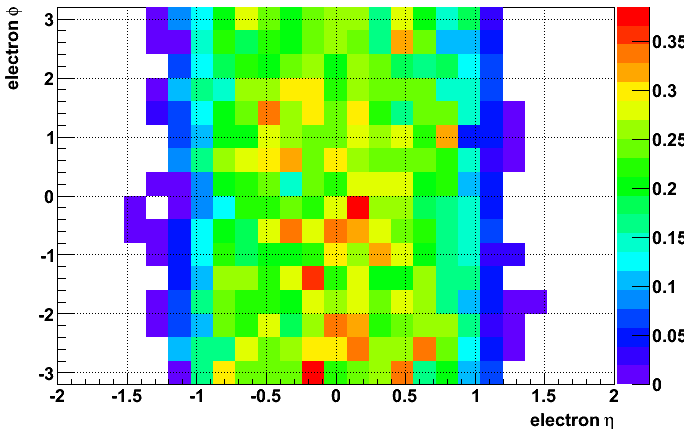
Figure 2: L2 Trigger efficiency vs electron phi and eta. (L2 trigger efficiency over MC thrown so absolute L2 efficiency)
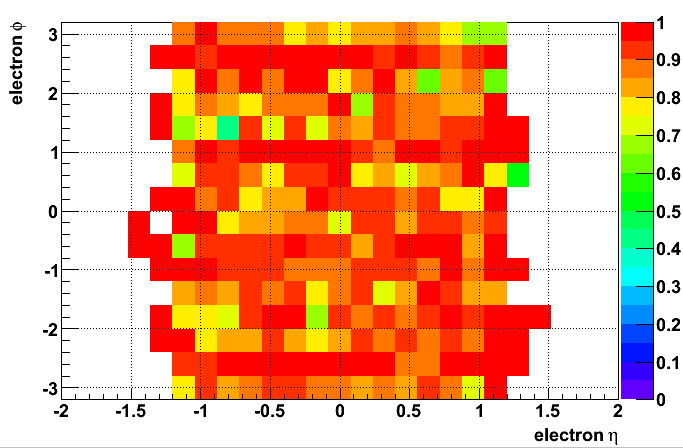
Figure 3: Efficiency of Reconstructing the electron for Upsilons that fired the trigger. I don't see any weird dips in eta, but it does look like there is a systematic difference in phi.
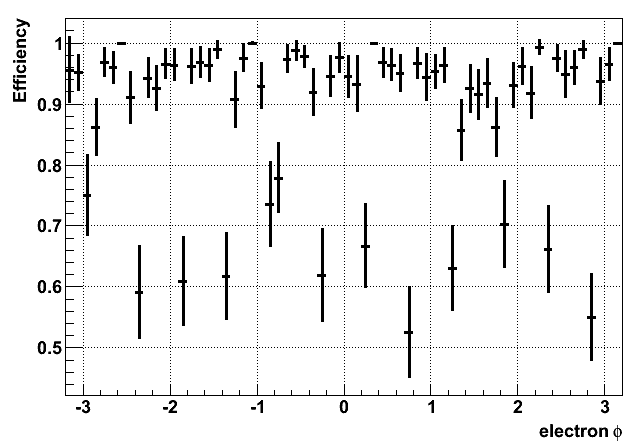
Figure 4: Efficiency of reconstructing the electron versus electron phi for upsilons which have fired the trigger. Pretty clear pattern.
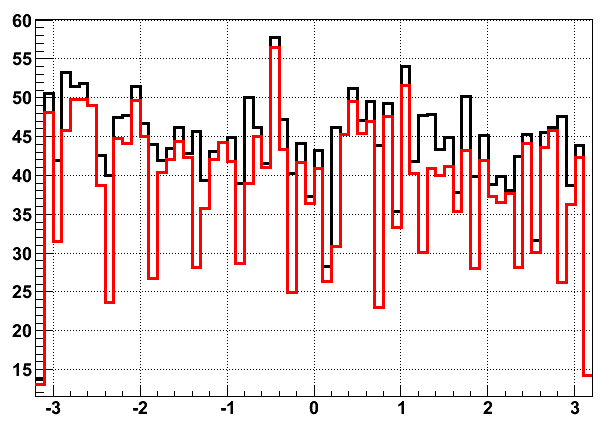
Figure 5: Counts versus electron phi of upsilons that fired the trigger (black) and upsilons that fired the trigger and had a reconstructed electron (red). You can see the systematic dips quite well here.
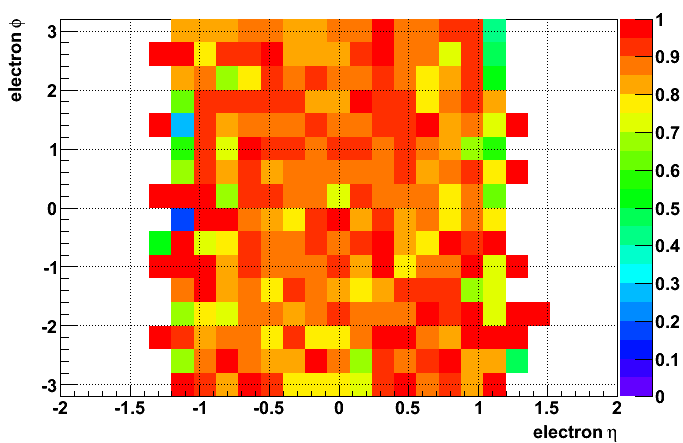
Figure 6: Efficiency versus electron eta-phi of accepting the electron track over upsilons that figured the trigger and had the electron track reconstructed. I can't see if there is an additional geometric effect here as the deficiency in counts due to the systematic dips in electron reconstruction versus phi lowers the counts.
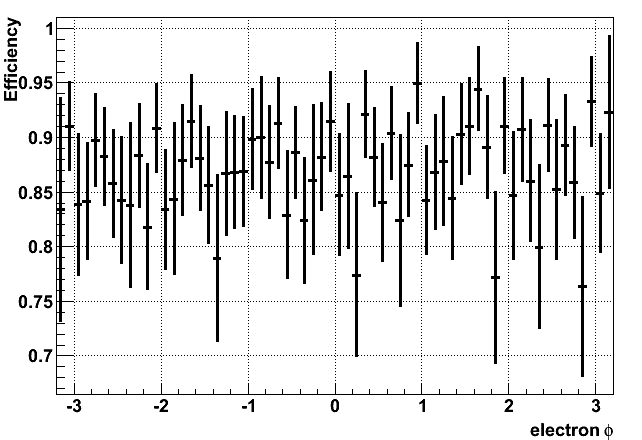
Figure 7: Efficiency of accepting electron track versus electron MC phi for upsilons that fired the trigger and had the electron track reconstructed.
- rjreed's blog
- Login or register to post comments
